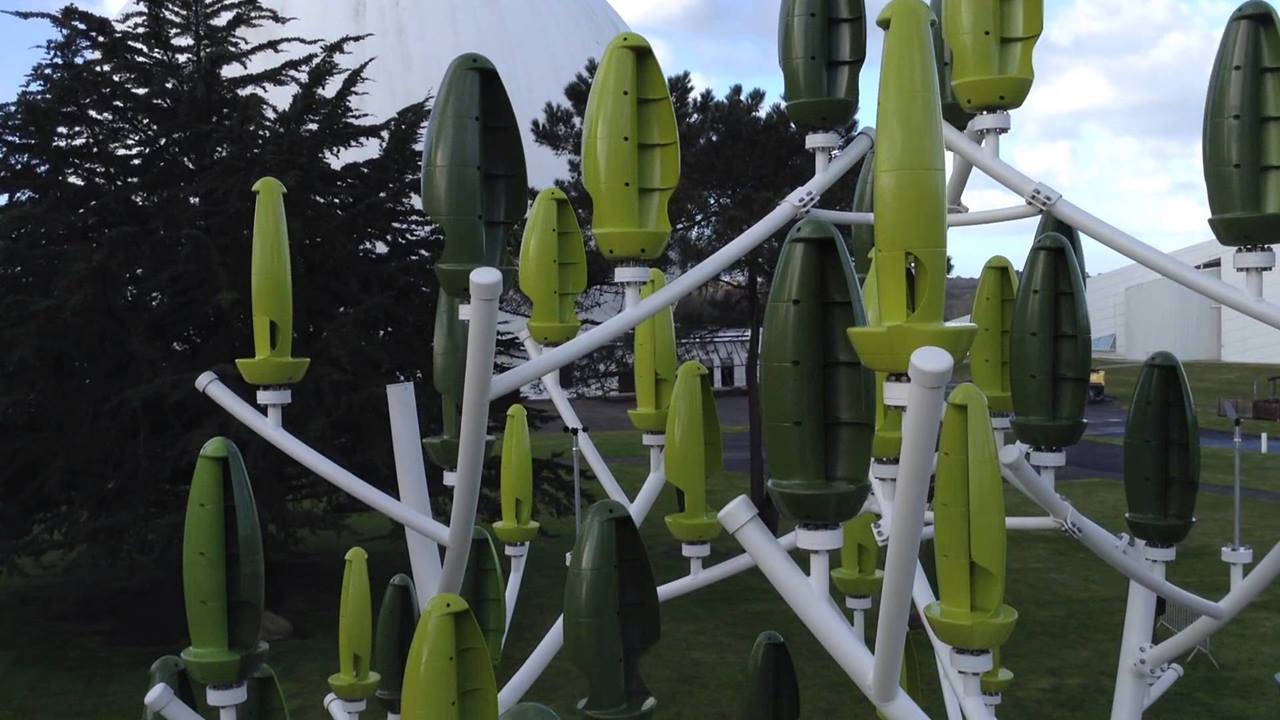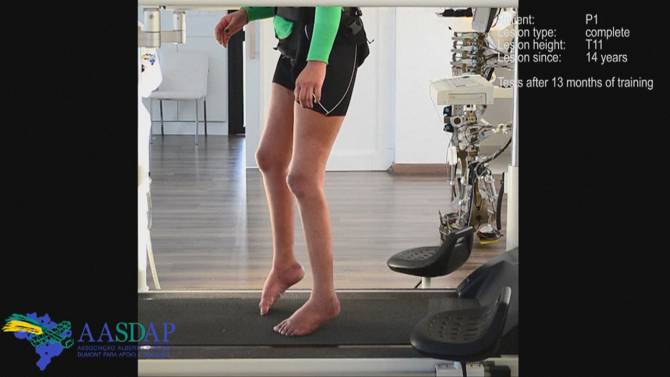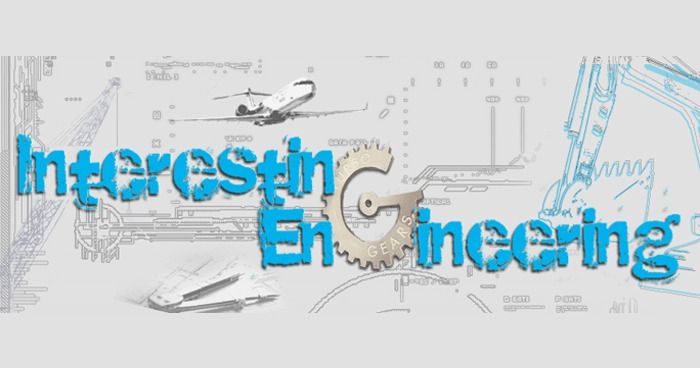Page 10902
Sep 25, 2016
What if spacetime were a kind of fluid?
Posted by Andreas Matt in categories: particle physics, quantum physics
This is the question tackled by theoretical physicists working on quantum gravity by creating models attempting to reconcile gravity and quantum mechanics.
Some of these models predict that spacetime at the Planck scale (10^-33cm) is no longer continuous — as held by classical physics — but discrete in nature.
Just like the solids or fluids we come into contact with every day, which can be seen as made up of atoms and molecules when observed at sufficient resolution. A structure of this kind generally implies, at very high energies, violations of Einstein’s special relativity (a integral part of general relativity).
Sep 25, 2016
Paralysed patient walks again thanks to virtual reality and brain-computer interfaces
Posted by Roman Mednitzer in categories: biotech/medical, computing, cyborgs, neuroscience, virtual reality
In an astonishing breakthrough, patients left paralysed by severe spinal cord injuries have recovered the ability to move their legs after training with an exoskeleton linked to their brain – with one even able to walk using two crutches.
Scientists developed the Walk Again Project, based in Sao Paulo, Brazil, thinking that they could enable paraplegics to move about using the exoskeleton controlled by their thoughts. But they were surprised to discover that during the training, the eight patients all started to regain the sense of touch and movement below the injury to their spine. It was previously thought that the nerves in seven of the patients’ spines had been completely severed.
But the researchers now believe that a few nerves survived and these were reactivated by the training, which may have rewired circuits in the brain. Writing in the journal Scientific Reports, they said: “While patient one was initially not even able to stand using braces when placed in an orthostatic posture, after 10 months of training the same patient became capable of walking using a walker, braces and the assistance of one therapist. “At this stage, this patient became capable of producing voluntary leg movements mimicking walking, while suspended overground.
Sep 24, 2016
Scientists just demonstrated internet speeds 1,000 times faster than Google Fibre
Posted by Dan Kummer in category: internet
Scientists in Germany have achieved internet speeds averaging a sustained 1 terabit per second (1 Tbps) on an optical fibre network.
At that speed, you’re getting a data transmission rate that’s a whopping 1,000 times faster than services like Google Fibre, which delivers 1 gigabit per second (1 Gbps).
While Google Fibre’s 1 Gbps itself might be considered sufficiently drool-worthy for those of us constrained to the even slower speeds of ADSL and cable, it can’t hope to compete to the almost ludicrously fast possibilities of an internet connection that’s 1,000 times faster, delivering 1 terabit per second.
Sep 24, 2016
Decisions Are Emotional, Not Logical: The Neuroscience behind Decision Making
Posted by Shailesh Prasad in category: neuroscience
Think of a situation where you had bulletproof facts, reason, and logic on your side, and believed there was absolutely no way the other person could say no to your perfectly constructed argument and proposal. To do so would be impossible, you figured, because there was no other logical solution or answer.
And then the other person dug in his heels and refused to budge. He wasn’t swayed by your logic. Were you flabbergasted?
This is similar to what many negotiators do when they sit down at the table to hammer out a deal. They come armed with facts, and they attempt to use logic to sway the other party. They figure that by piling on the data and using reason to explain their side of the situation, they can construct a solution that is simply irrefutable—and get the other party to say yes.
Continue reading “Decisions Are Emotional, Not Logical: The Neuroscience behind Decision Making” »
Sep 24, 2016
BOLDLY GO: Elon Musk Wants To Be Captain Kirk and YOU Should Foot the Bill
Posted by Karen Hurst in category: Elon Musk

Not my money.
Recent events can make one wonder if ELON MUSK is Playing Out a ‘Star Trek’ Fantasy on the Tax-Payers’ Dime?
Continue reading “BOLDLY GO: Elon Musk Wants To Be Captain Kirk and YOU Should Foot the Bill” »
Sep 24, 2016
Memory speed is a vital component of technology
Posted by Karen Hurst in category: materials
Sep 24, 2016
HOIP’s ~ Columbia Chemists Find Key to Manufacturing More Efficient Solar Cells ~ Is this the Future of Solar?
Posted by Karen Hurst in categories: nanotechnology, policy, solar power, sustainability
In a discovery that could have profound implications for future energy policy, Columbia scientists have demonstrated it is possible to manufacture solar cells that are far more efficient than existing silicon energy cells by using a new kind of material, a development that could help reduce fossil fuel consumption.
The team, led by Xiaoyang Zhu, a professor of Chemistry at Columbia University, focused its efforts on a new class of solar cell ingredients known as Hybrid Organic Inorganic Perovskites (HOIPs).
Their results, reported in the prestigious journal Science, also explain why these new materials are so much more efficient than traditional solar cells—solving a mystery that will likely prompt scientists and engineers to begin inventing new solar materials with similar properties in the years ahead.
Sep 24, 2016
US Launches International Brain Initiative to Coordinate Brain Mapping Efforts
Posted by Karen Hurst in categories: biotech/medical, neuroscience, policy
The U.S. Department of State’s Office of the Science and Technology Adviser to the Secretary of State along with the Kavli Foundation; the U.S. National Science Foundation and the Global Partnerships Forum hosted the event that launched the brain initiative during the 71st Session of the UN General Assembly to elevate brain science as a foreign policy priority.
The International Brain Initiative aims to foster coordination of large-scale brain projects around the world in partnership with governments, research institutions, private sector, foundations, advocacy groups, and social innovators.
Toward this end, the United States with Japan, Germany, Argentina and the UN Conference on Trade and Development announced the launch of the International Brain Initiative, part of which is a virtual International Brain Station to enhance and facilitate global collaboration on both basic and disease-focused brain science research.
Continue reading “US Launches International Brain Initiative to Coordinate Brain Mapping Efforts” »

















